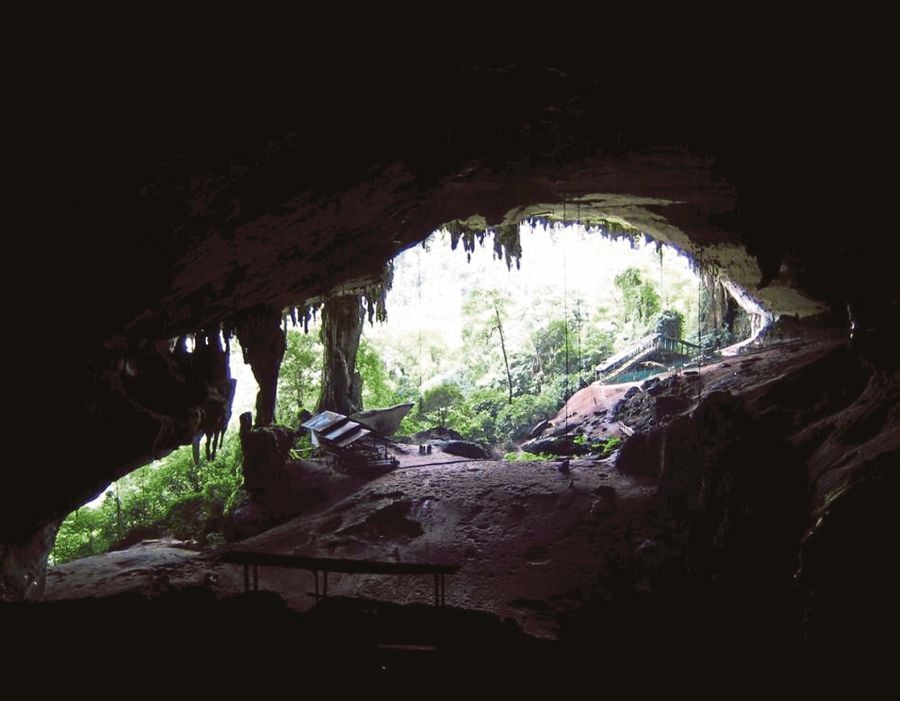Author
By Goh Pei Pei

For further information log on website :
https://www.nst.com.my/news/nation/2018/01/322133/more-studies-niah-caves-skull
By Goh Pei Pei

FURTHER studies and researches are being conducted to determine if the first human civilisation in Southeast Asia started from Sarawak’s very own background, which is the Niah Caves tucked within Miri division.
This follows the discovery of new evidence suggesting that the “Deep Skull” found in the limestone caves and archaeological site 60 years ago might belong to a local woman, instead of an indigenous Australian as concluded by researchers previously.
Assistant State Tourism, Arts and Culture Minister Datuk Lee Kim Shin said portions of the skull and jaws were discovered by the former curator of Sarawak museum, the late Tom Harrisson and his team in 1958.
It was later examined by British anthropologist Don Brothwell and concluded that it belonged to an adolescent male, who was closely related to modern indigenous Australians.
The skull was among the oldest representative of homo sapiens or modern man in Southeast Asia.
“I was informed (by the state museum director) that the skull is dated to about 42,000 years ago, which is older than the Perak man, who lived in Perak more than 12,000 years ago,” he said.
“It might be the first human in Southeast Asia but not necessarily the first human in the world,” he told the New Straits Times.
In the paleontological context or human evolution, Lee said, there were different types of hominids or man-like species found in different places and that they were termed differently.
For instance, the homo erectus (upright man or extinct species of human) stood on two feet instead of using four limbs and lived between 1.8 million to 70,000 years ago, including the Java and Peking man.
The homo neanderthalensis lived in Europe and Asia 400,000 to 28,000 years ago.
The homo sapiens or modern man, is known as the hominid with more intelligence as it had a bigger brain which evolved between 350,000 and 260,000 years ago.
The Cro-Magnon man was a homo sapiens found in a cave in France and dated to more than 30,000 years ago.
“Thus, the Cro-Magnon is among the oldest representative of humans in Western Europe while the deep skull is among the oldest in Southeast Asia. This is what we get to know.”
Lee said the discovery made by Harrisson confirmed the most important archeological sites in the world and had a main role in the development of human civilization in the region.
“It has scientific and academic significance as well as touristic appeal to visitors if further developed and publicised.
“Therefore, the state museum will resume excavation work with researchers from the University of New South Wales, Australia at the Traders Cave this year.”
It was reported that scientist Darren Curnoe of University of New South Wales had suggested that the skull belonged to an older woman and that it more closely resembled humans today from more northerly parts of Southeast Asia and could represent the ancestors of Borneo’s modern indigenous population.
https://www.nst.com.my/news/nation/2018/01/322133/more-studies-niah-caves-skull





No comments:
Post a Comment